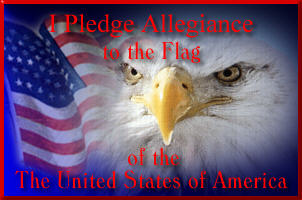A crimped primer and a deburring tool to remove the crimp
Question:
Why were the primers on military .30 06 cartridges crimped?
Answer:
When firing a bandalier of these bullets through a machine gun in combat any "flying primers" could jam the gun and get a soldier killed as a result. The primers are meant to stay in the casing. To reload these casings buy a hand held Lyman .30 06 deburring tool. Once you remove the old fired primer you won't be able to load a new primer in it efficiently until you ream out the tiny brass ring around the primer hole that held in the old primer. You can buy this deburring tool at most gun shops.
Also this tool is good for trimming back the length of a shell casing. During firing, brass flows length-wise also. Shells have to be trimmed back occasionally. Also getting the burrings (any sharp metal shavings) off of the neck of the casing is important so they don't come off of the casing when fired and possibly jam your rifle.

Question:
Can I mount a scope on top of a pistol?
Answer:
Yes, but the pistol has to be a big one for you to do this. A wooden stock converting it to "a rifle" can also be added to some large bore pistols. Check with the gun's manufacturer to see how to do this and what they recommend.
Question:
I have several bent and/or slightly twisted brass casings that I know will chamber into my rifle ok. Will they fire ok?
Answer:
Probably if your firing pin will hit the primer ok. But you might have problems ejecting the empty cartridge. An empty shell that is jamming your rifle's firing mechanism is called a rifle jam or a "fouled brass." And this can really be frustrating to clear sometimes. You might have to take your trigger housing group apart, use a screwdriver, pry with a knife, or what-have-you in order to solve this problem and clear the jam. If you are out in the sticks when this happens you better be prepared. And all the time you are trying to fix the stix a big buck might be running by well within range- if you snooze you lose. My advice is to toss any bent and twisted brass and don't reload it.

Question:
How do I know which grain bullet to buy for my rifle?
Answer:
You can determine this in a couple of different ways:
You can use the trial and error method- buy a box of each grain of bullet and go to the firing range and shoot several of each. The smallest grouping of bullet holes in the target can indicate which grain bullet is superior. For instance, a 300 Winchester magnum may do better shooting a 165 grain boat tailed bullet. Or write to the bullet's manufacturer to get a ballistics chart for your particular caliber and you should be able to pick the bullet that best suits your needs.

Question:
I want to gain the maximum accuracy from my gun. I am concerned about barrel twist, bullet velocity, and shooting trajectory. Is there any book where I can obtain this info?
Answer:
Yes, there are several. The one by Robert A. Rinker titled Understanding Firearms Ballistics will give you this info. I recommend that you purchase it or obtain it via inter-library loan if you so desire. Look for the info under the Greenhill equation.
Question:
I am a beginner. Please explain "grains" to me.
Answer:
Well, I'll try to explain it...
The weight of a bullet is expressed in grains of weight. The weight of gun powder is also expressed in grains of weight. The relationship between these two weights is very important. The weight of the powder will not change the weight of the bullet but it will change it's velocity and maximum travel distance. And that is what you are concerned about when hunting or for target practice.